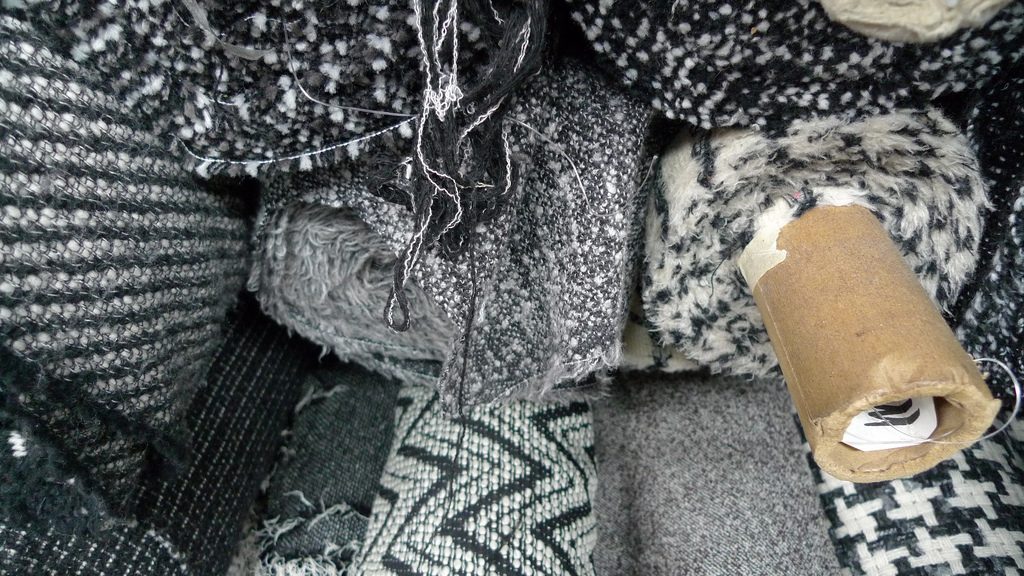You probably enjoy a good motion picture from time to time. When watching, you probably do not think about how much math was used to design it. Today, you will hear from Andy Nick who has been a Design Director for ten years. He makes a motion picture come to life.
Can you explain what you do for a living?
I work for a full-service design firm and lead a team of video specialists. We are a small team, so we all do a lot of different jobs. I direct live action video shoots and handle post production and visual effects for short films, motion graphic projects and all sorts of other multimedia.
When do you use basic math in your job?
When I use Adobe After Effects (a motion graphics and visual effects program) to design and animate graphics using the old-skool cartesian coordinate system. I put design elements at a specific place using X and Y coordinates, and when I work in “3D”, I use Z space, too. Animation is just changing numbers around from their location on a graph to transparency, rotation on all 3 axes and scale. Sometimes, I write very simple mathematical code that calculates where something should be based on simple variables. It’s not calculus, but it does get a little tricky. It’s all very cool though.
Do you use any technology (like calculators or computers) to help with this math?
In my line of work, the computer does all of the number crunching. I just push and pull things around. Sometimes, I have to look carefully at the numbers to make sure that two graphics line up perfectly to each other. Other times I need an animation to look smooth, so I look at the graph that tells me how the numbers change over time. I see the results of math much more often than I worry about the actual number crunching going on.
How do you think math helps you do your job better?
Understanding the basics of plotting points on a graph is just the beginning of understanding 3D graphics, but it’s a foundation that you totally have to have. It’s especially cool for me to use these tools because when a video looks really spectacular, people don’t tend to think that you came at it from a mathematical point of view. Things just end up looking “right”.
How comfortable with math do you feel?
When you’re working with graphics, all the math is “under the hood” which means that no one will ever see any numbers. When you come out with something that looks good, people don’t understand or care how long it took you to make two things line up perfectly, look realistic and move in proportion to each other in 3D space. All of the hard work that I do with numbers is gone, and people just say “that looks real”.
What kind of math did you take in high school?
Yep, I was decent at math. I was bad at memorizing formulas, but I really understood principles well, and I was especially awesome at using a graphing calculator. (Do students still use those?) If I remember right, I made it to Algebra 2 before graduating high school. I wish I had taken a trig class. I think that’s some really cool stuff, and hardcore programmers can make some crazy things happen on screen if they know some of that stuff.
Did you have to learn new skills in order to do the math you use in your job?
I never learned more math after graduating. I only learned how to apply simple math in a way that made sense to me. I move graphics around for a living. Having an understanding of what makes motion look real is definitely due to an understanding of basic math.
Anything else you want to mention?
If you’re interested in seeing some of the motion graphics I develop, check out our latest showreel at https://vimeo.com/60230695 (password: realreel)
Check out Andy’s motion graphics he developed. This time you will be thinking more about how math is involved in what you are watching on the screen. If you have any questions for Andy, I can send them his way. Feel free to check out more of his work at nickad.com.


